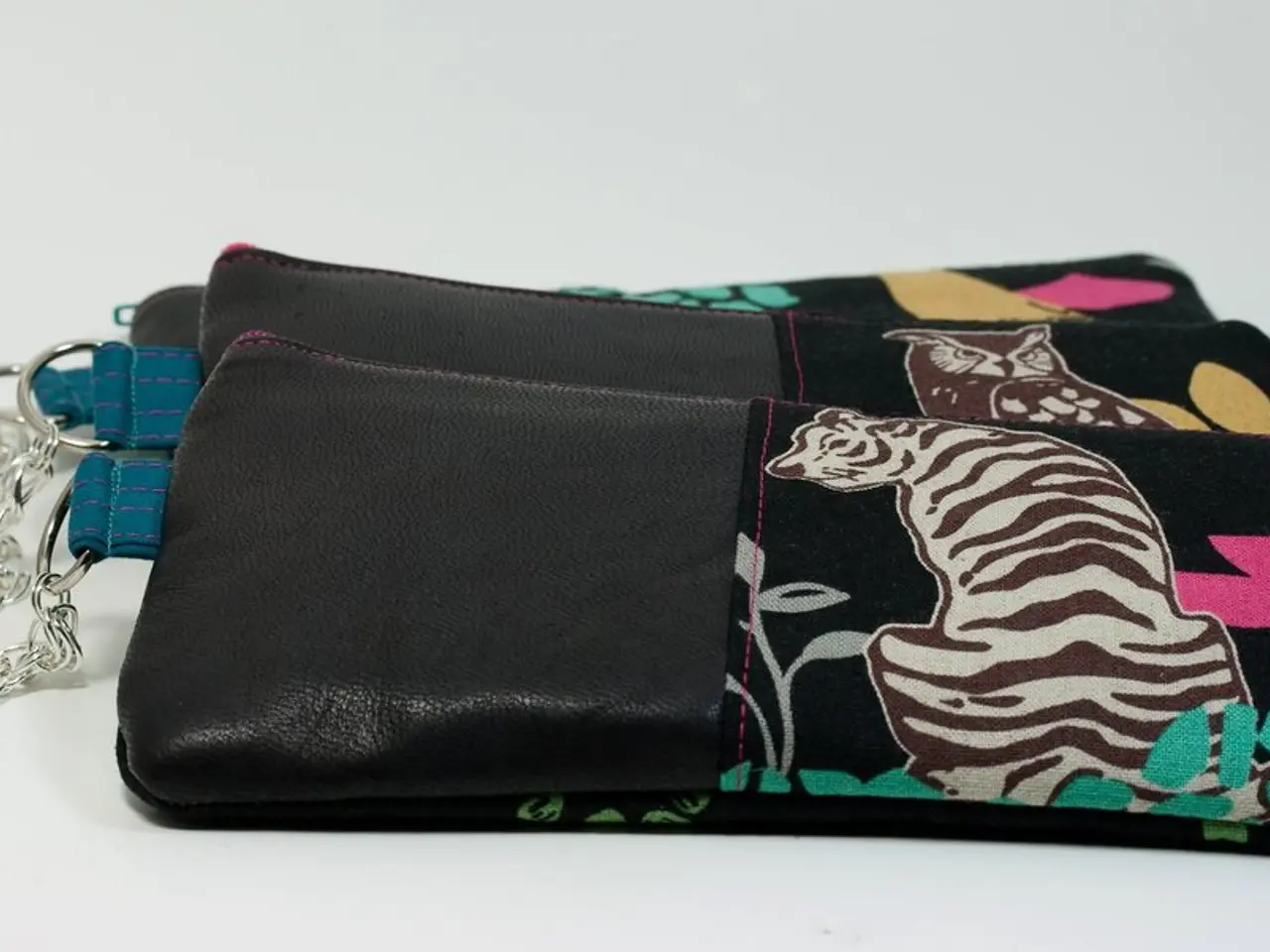Bank Minna contemplates the adoption of stablecoins to enhance its payment systems.
In a significant move towards digital finance, Japan's financial sector is progressively embracing stablecoins, digital assets pegged to traditional currencies, following regulatory reforms that ease stablecoin issuance by banks and financial institutions.
The Japanese government, recognising the growing global utility of stablecoins, is expediting the regulatory framework surrounding digital assets. In March 2025, Japan approved proposals to reform crypto brokerage and stablecoin laws. These reforms designate cryptocurrency companies as “intermediary businesses” and provide stablecoin issuers with flexibility to back their tokens with various types of assets, including government bonds, marking a major shift towards facilitating stablecoin issuance by banks and financial institutions.
One of the pioneers in this digital revolution is Minna no Ginko, Japan’s first digital-native bank. In July 2025, Minna partnered with Solana Japan and Fireblocks to launch a stablecoin pilot. This pilot aims to integrate stablecoins into Japan’s mainstream financial ecosystem by leveraging Solana’s high-speed blockchain for payment solutions, signalling active adoption of stablecoins by emerging digital banks.
Sumitomo Mitsui Financial Group (SMBC), the second-largest bank in Japan, is also actively participating in stablecoin projects. While explicit details on SMBC’s stablecoin initiatives in 2025 remain limited, Mitsubishi UFJ Financial Group has been reported since 2022 to be exploring stablecoin issuance. Given Japan’s evolving regulatory environment favouring bank-issued stablecoins, it is likely that SMBC and other large financial groups are aligning their strategies to participate in this growing stablecoin space under the new framework.
Across the globe, stablecoins are being used extensively in sectors such as retail and travel in Europe, indicating growing public comfort with using them for everyday expenses. China is seeing major private firms advocating for yuan-pegged stablecoins and urging the People's Bank of China to recognise and support them. In the United States, lawmakers are working toward implementing formal legislation to support the global leadership of dollar-backed stablecoins.
The pilot project by Minna aims to evaluate the feasibility of using stablecoins on the Solana blockchain and test the user experience of Web3 wallets for managing personal finances. The collective efforts of Minna and other prominent Japanese institutions underline Japan's growing interest in integrating blockchain-based financial tools into conventional systems.
The initiative reflects the growing momentum within Japan's financial sector to leverage blockchain technology for more efficient money management and payment systems. As the pilot initiative by SMBC, Ava Labs, Fireblocks, and TIS is expected to commence in late 2025 or early 2026, Japan appears poised to align its financial services industry with the evolving demands of digital finance, further strengthening its position in the global financial landscape.
- The regulatory framework surrounding digital assets in Japan, such as crypto brokerage and stablecoin laws, is being expedited, allowing banks and financial institutions to issue stablecoins, thus signifying the integration of technology and finance within the business industry.
- With regulatory reforms in place, Japan's financial sector, including institutions like Minna no Ginko and Sumitomo Mitsui Financial Group (SMBC), is actively participating in stablecoin projects, indicating a shift towards digital finance, powered by technology, in the industry.




